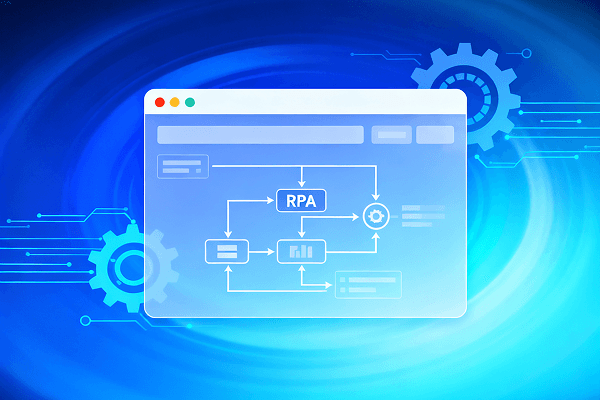
Hot Picks
How to run Facebook ads in 2025? Ideas

Hot Picks
How to promote on Amazon? Sharing various promotion methods

Hot Picks
Choose BitBrowser for fingerprint browsers, and look for the only official website: bitbrowser.cn
Prevent website fingerprinting with virtual browsers
Time: 2023-09-08 17:51 Click:
In today's Internet world, privacy and security are one of the biggest concerns for users. Whether it is a seller or a buyer's account for self-supported account evaluation, they need to protect their identity and information from being leaked. A virtual browser is an essential tool.
1. The Importance of Tracking Browser Fingerprinting
In reality, no matter how privately you browse, if you visit certain websites, you will leave traces behind. This is because most websites embed some tracking code in their pages to obtain user usage data and browser configuration information. This data is called the browser's "fingerprint," and each browser's fingerprint is unique. Therefore, browser fingerprint tracking technology has become something that every website must consider.
For website platforms, big data analysis is essential. Only by analyzing user data can we better seize the market and provide personalized services. Browser fingerprint data is the most valuable and direct source of data for websites.

2. Common browser fingerprinting technology mechanism
2.1 Cookies
Cookies are currently one of the most commonly used tracking methods for users on web pages. When a user visits a website, the website stores a small piece of data, called a cookie, in the user's browser. This cookie file is unique to each user, and the website can identify and track the user through this cookie file.
2.2 Web beacons
Web beacons are a common browser fingerprint tracking technology, usually implemented through tiny images or special tags embedded in web pages. When a user visits a web page, these beacons download and send a message to the remote server, and the server can use these beacons to know that someone opened the web page at a certain time. This technique is commonly used in data statistics and analysis.
2.3 Browser Fingerprinting
Browser fingerprinting is a precise tracking method that identifies and tracks users by collecting various information from browsers. This information includes browser type and version, operating system and version, screen resolution, font support, plug-ins, time zone, language and font preferences, and even your computer's hardware configuration. While these identifiers may look ordinary, among millions of users, few will have exactly the same configuration as you.
2.4 Network IP
Network IP is the most basic network identification of each user, which can be used to track the user's location and identity. Through the IP address, the website can understand the user's geographical location and Internet service provider.
3. How to anti-browser fingerprint tracking?
After understanding the principles of browser fingerprint tracking, we can take some measures to counter this tracking technology:
Break the certainty of fingerprints: By using tools such as virtual browsers to simulate different browser fingerprint information, each browser fingerprint is unique, thereby avoiding cross-browser detection and risk control by the target website.
Break the accessibility of fingerprints: Use the account anti-correlation multi-open tool to generate multiple physically isolated browsers on the same computer, simulating different software and hardware fingerprint information, making each browser fingerprint unique and avoiding being Tracking and Correlation.
Breaking the stability of fingerprints: By using foreign servers and creating foreign home dedicated line IPs, real physical configurations and precise positioning of foreign cities can be achieved, thus effectively blocking platform detection.

 Multi-Account Management
Multi-Account Management Prevent Account Association
Prevent Account Association Multi-Employee Management
Multi-Employee Management



